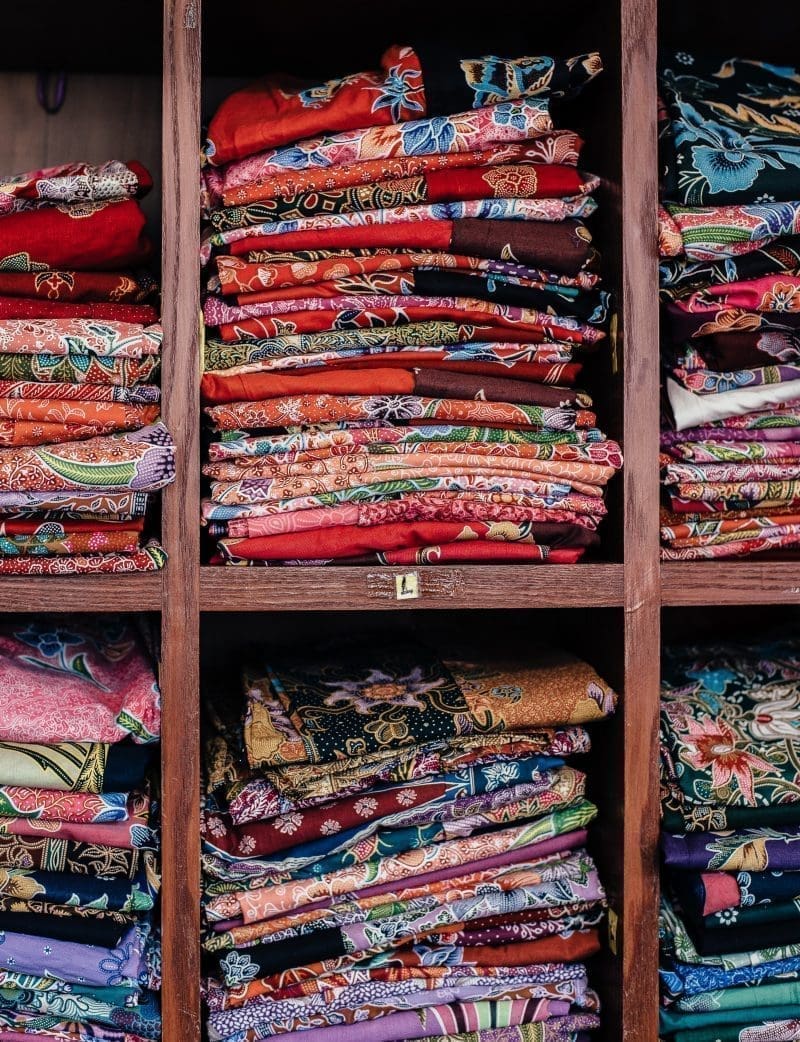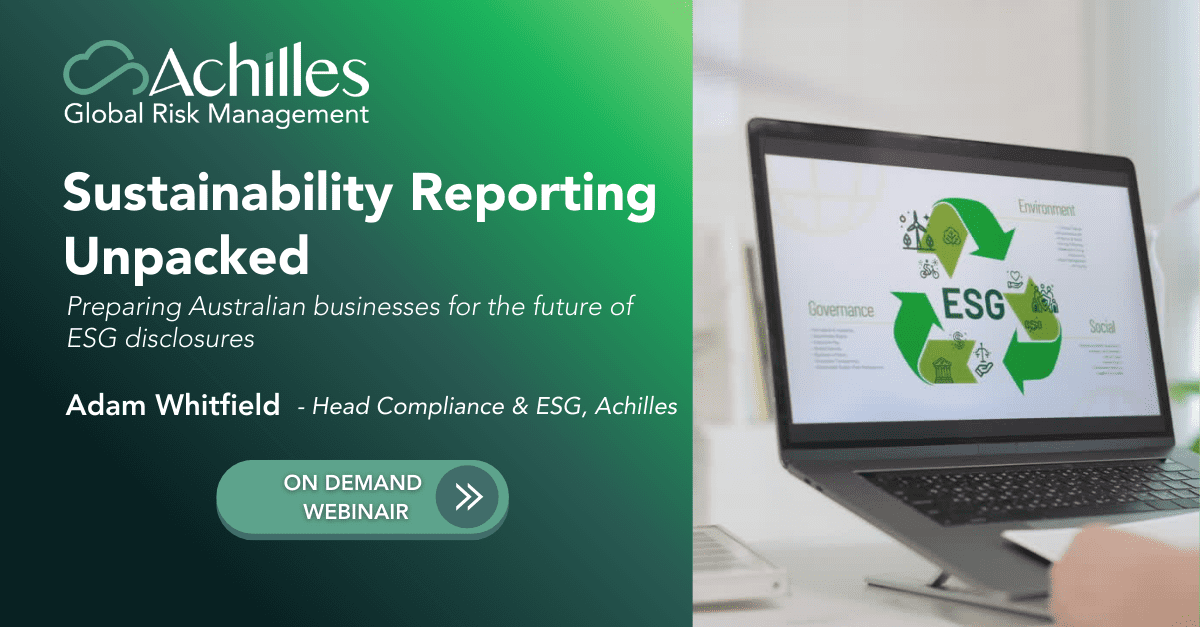Supply chain visibility has been a hot topic in the FMCG industry for several years, particularly in the wake of the high-profile horse meat scandal of 2013.
However, according to new research from Achilles, produced in conjunction with IFF, over half (53 per cent) of buyers in this sector do not have any way of finding out who exactly their suppliers are.
It’s not just the FMCG sector that can benefit from having visibility of every tier of a supply chain to find out its identity and location – automotive and construction industries are just two other examples.
So why is supply chain mapping so important? And how else can organisations reap the benefits of mapping their supply chains?
1. To gain greater supply chain visibility
Achilles’ new research also led to the discovery that one-fifth (19 per cent) of global FMCG buyers have no idea of their suppliers’ names and addresses and don’t even know where to begin finding this out.
This is despite the aftermath of the horse meat scandal leading to significant reputational and financial damage for a number of businesses, with the scars still present today. It’s only in the last few months that Findus has completed a rebrand in a bid to overhaul its image following the scandal.
By showing buyers exactly who and where their suppliers are based, Achilles Supply Chain Mapping takes away these concerns, improving visibility for the good of the wider industry.
2. To keep risk to a minimum
Procurement officers can dramatically reduce their organisations’ risk of suffering damage to their finances, reputations and even legal standing by embracing Achilles’ Supply Chain Mapping solution.
The solution works at the heart of an overall supply chain management strategy, as increasing visibility and reducing risk need to go hand-in-hand for the operation to be as effective as possible.
3. To demonstrate CSR
Investing in a solution that is designed to improve supply chain visibility demonstrates to other businesses and consumers alike that a company is committed to corporate social responsibility.
Some 12 per cent of the buyers involved in the latest Achilles and IFF survey were not aware if their suppliers complied with regulations relating to ethical issues such as modern slavery and responsible sourcing. As a result, these buyers are automatically placing their organisations in a significant position of risk.
4. To spot potential threats
Achilles Supply Chain Mapping solution also allows buyers to find out where in the world their suppliers are located, meaning they can use this information to make better-informed choices.
For example, suppliers based in regions at a higher-than-average risk of floods, earthquakes or other natural disasters will add extra risk to a supply chain, while those based in areas where modern slavery is known to be an issue, could also cause problems for the buyer in the long term.
If a buyer believes its suppliers may be affected by such issues, or may be employing workers illegally, they can take the decision to source an alternative contractor to complete the job and to lower their risk profile.
5. To stay ahead of the game
Taking advantage of Achilles Supply Chain Mapping can also help buyers to remain at the forefront of their industry
Buyers know they have supplier-related problems to deal with, and they are aware that they need more visible supply chains, but finding a way to resolve these issues has not always been possible.
Buying organisations need to take charge of their supply chains to gain a competitive advantage over their rivals and reduce their risk level at the same time.



